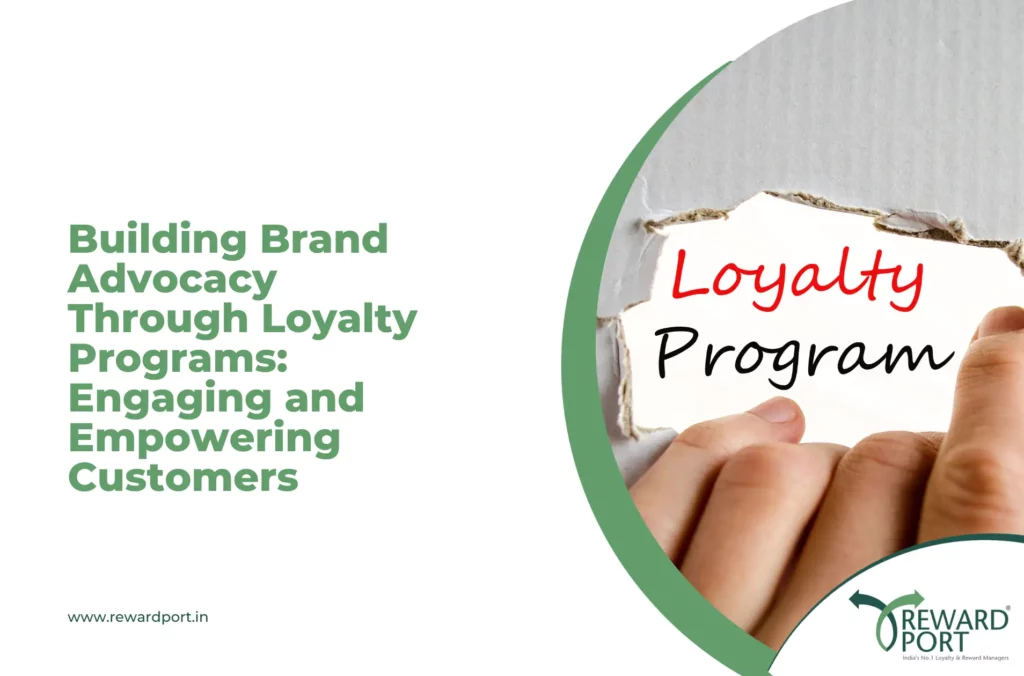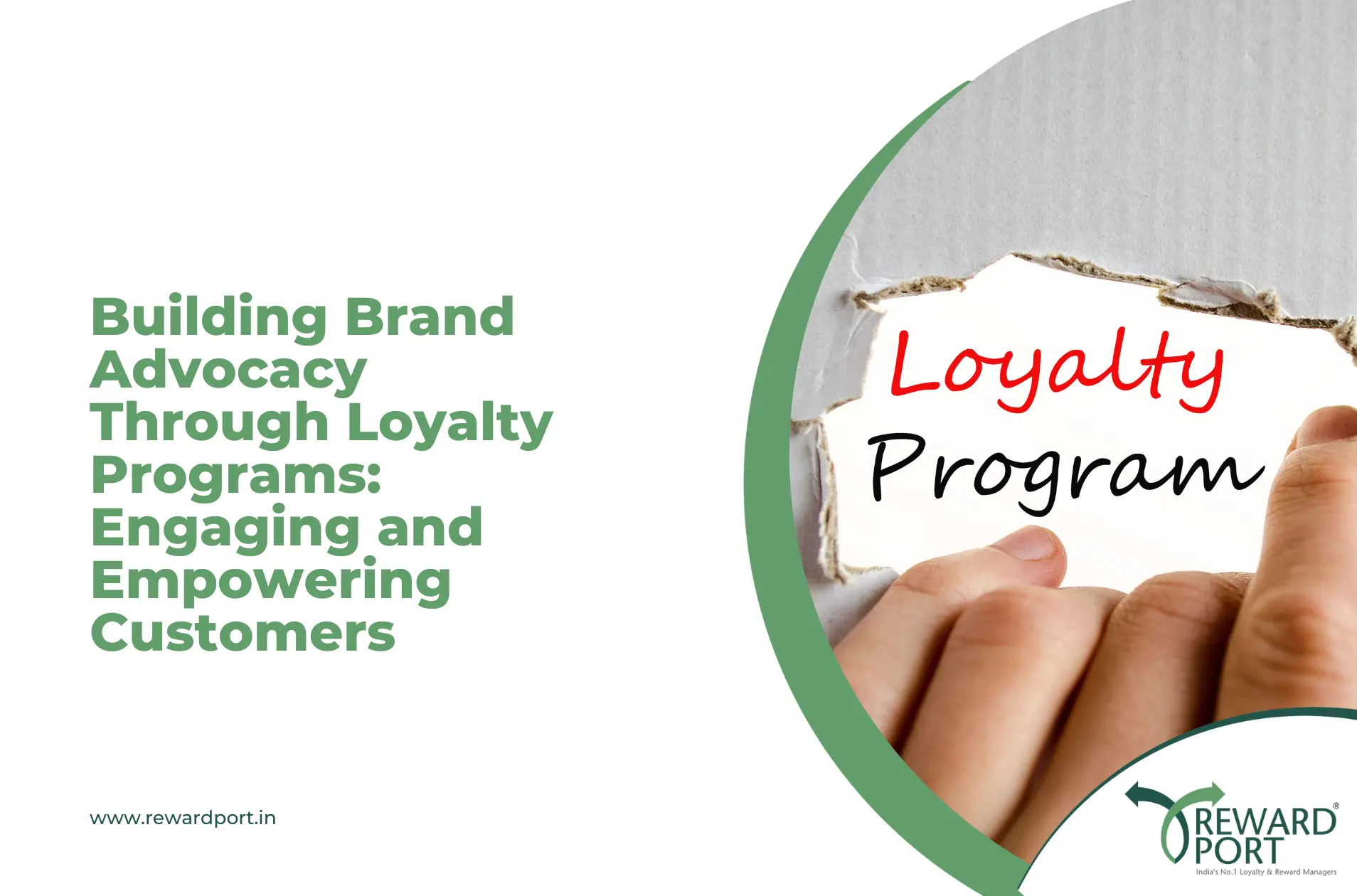
Brand advocacy has become an effective marketing strategy for modern businesses. If your customers turn into brand advocates, your brand is more likely to grow faster than ever. However, building brand loyalty and advocacy is not that easy. It requires a lot of effort and patience. But once you achieve it, your brand is going to reach the next level of success. Studies show that loyal customers spend 67% more (on average) than one-time buyers. These loyal customers are the ones who become brand advocates if you continue to provide them with good experiences.
Whether you run a loyalty program on your own or partner with a loyalty program company, here are a few tips you can consider to build brand advocacy:
1. Understand Your Customer Base
The first step in building brand loyalty is to understand your customer base properly. You should be very well aware of what your customer base looks like, their interests, and their expectations of your brand. Unless you know how your customers perceive your brand, you won’t be able to fulfill their expectations. You can start by collecting and analyzing customer data through surveys, interviews, social media listening, feedback forms, and other analytics methods.
This will help you segment your customers based on their interests and other demographics. The information you collect through analysis will also be helpful in brand positioning, messaging, and differentiation. You can also consider partnering with a loyalty program company as they have access to the right tools and technologies required to collect and analyze customer data.
2. Focus On Delivering Value
Many companies just keep investing in marketing and advertisements without even understanding whether their customers consider it valuable or not. Instead of just marketing your products or services, you should focus more on delivering value to your customers. Ensure that you deliver what your brand promises. This is why the above step, i.e. understanding customers, becomes essential to identify what they value.
Try to offer the best quality and improve the value proposition by offering warranties, free trials, discounts, rewards, cashback, etc. Customers have plenty of options to choose from. You need to give them a strong reason to choose your brand by offering value and quality. Studies suggest that consumers would rather go for an expensive product with good quality instead of a low-budget product with average quality.
3. Build Trust by Engaging With Your Customers
When it comes to boosting customer loyalty, building strong relationships with your customers becomes extremely important. You can not expect your customers to make repeat purchases if they do not trust your brand. Engaging with your customers through social media or communicating properly with them when they visit your offline store are some important steps you can follow to make them trust your brand.
Post social media content or blog posts that your customers can relate to, try to reply to every customer comment or query you receive, and make them feel valued. These things require only a little effort but can have a big impact on your brand reputation. You can also use customer reviews or testimonials to build brand trust among your customers.
4. Empower Your Customers
The next step in the journey is to empower your customers to become brand advocates. Provide them with the opportunity to share their reviews, feedback, or experience with your brand through social media or any other platform. You can even reward them for doing so. When your customers are actually satisfied with your products and with the loyalty rewards you offer, they are more likely to become brand advocates and promote your brand through ‘word of mouth’ marketing.
To motivate your customers to promote your brand, you can offer referral incentives or run social media campaigns that require them to post stories about your brand in order to win some prizes. Although many of your customers might be promoting your brand even without any rewards, you can increase your reach by running such incentive programs.
5. Align Reward Programs with Your Brand Vision
The reward programs you implement should be aligned with the culture and vision of your brand. Identify the brand objectives that you intend to achieve with a loyalty program and plan for the program accordingly. A loyalty program that works for some other brand might not be suitable for your business. Every brand has different objectives and the reward programs should be implemented according to these goals.
Improve Brand Loyalty With Effective Reward Programs
Loyalty programs do not only help you improve customer loyalty, but are also very effective in improving customer experience, brand advocacy, and brand reputation. However, it’s important to understand your brand objectives before implementing a loyalty program. If this is something that you find challenging, you can partner with loyalty program companies like RewardPort. With rewards starting from as low as Rs. 10, their team of marketing experts can design the most suitable loyalty program for your business as per your requirements and your customer’s interests.


